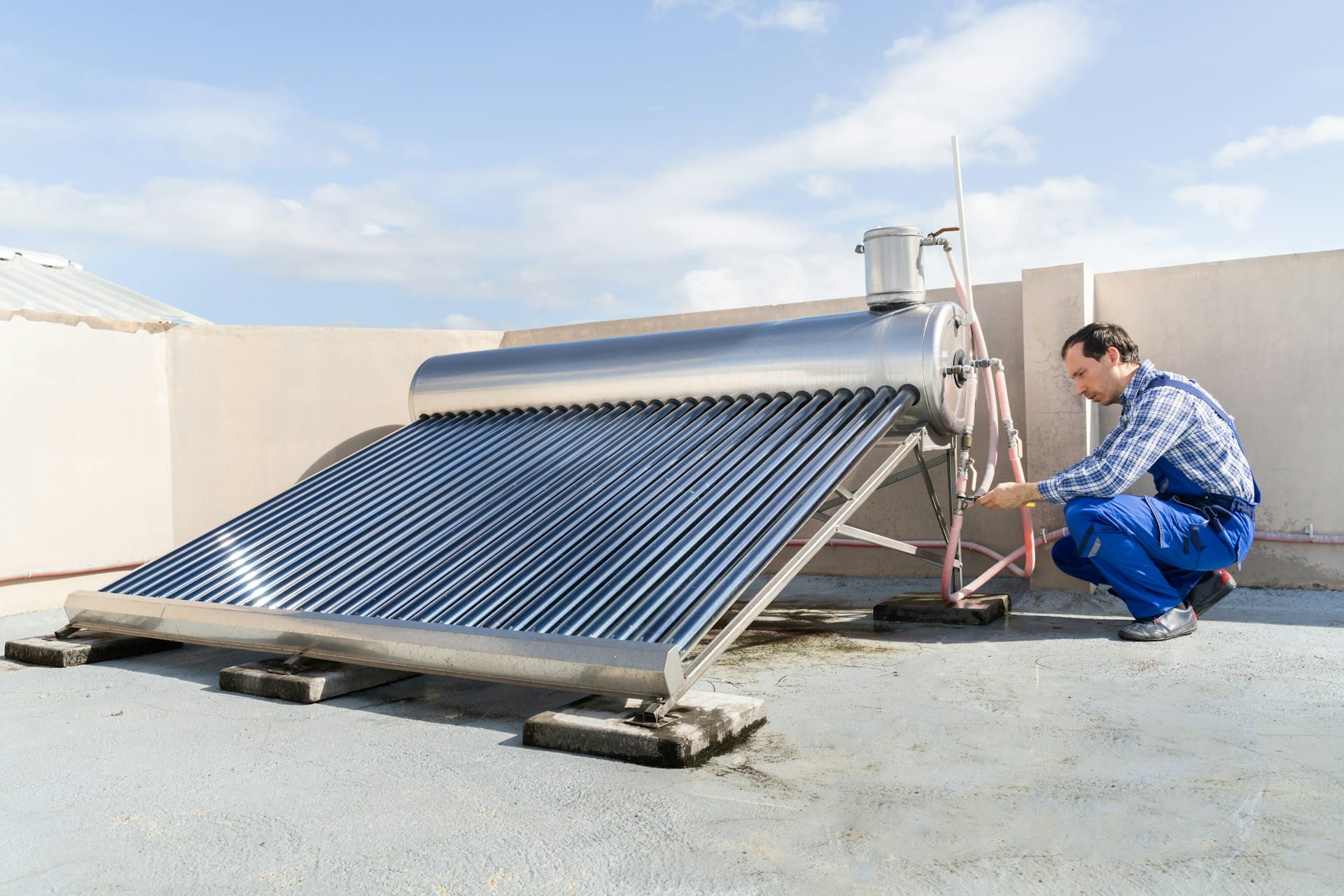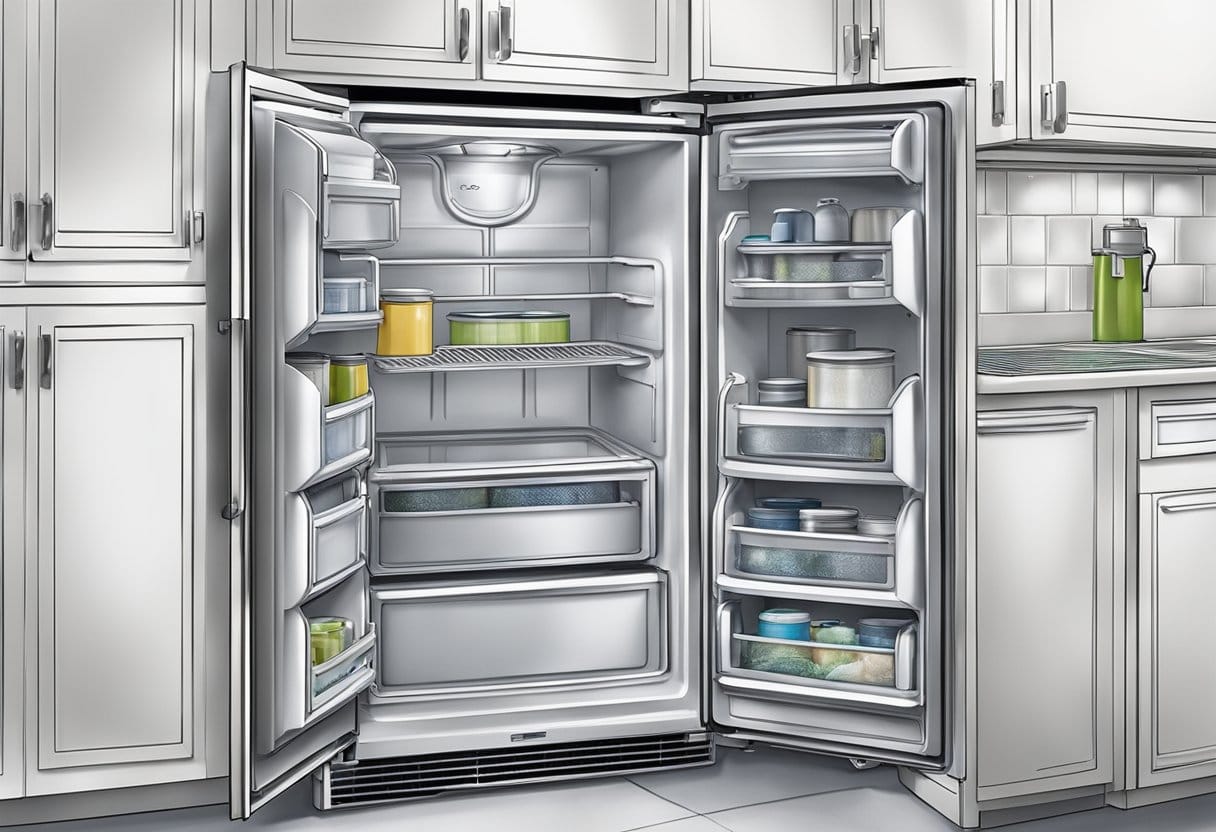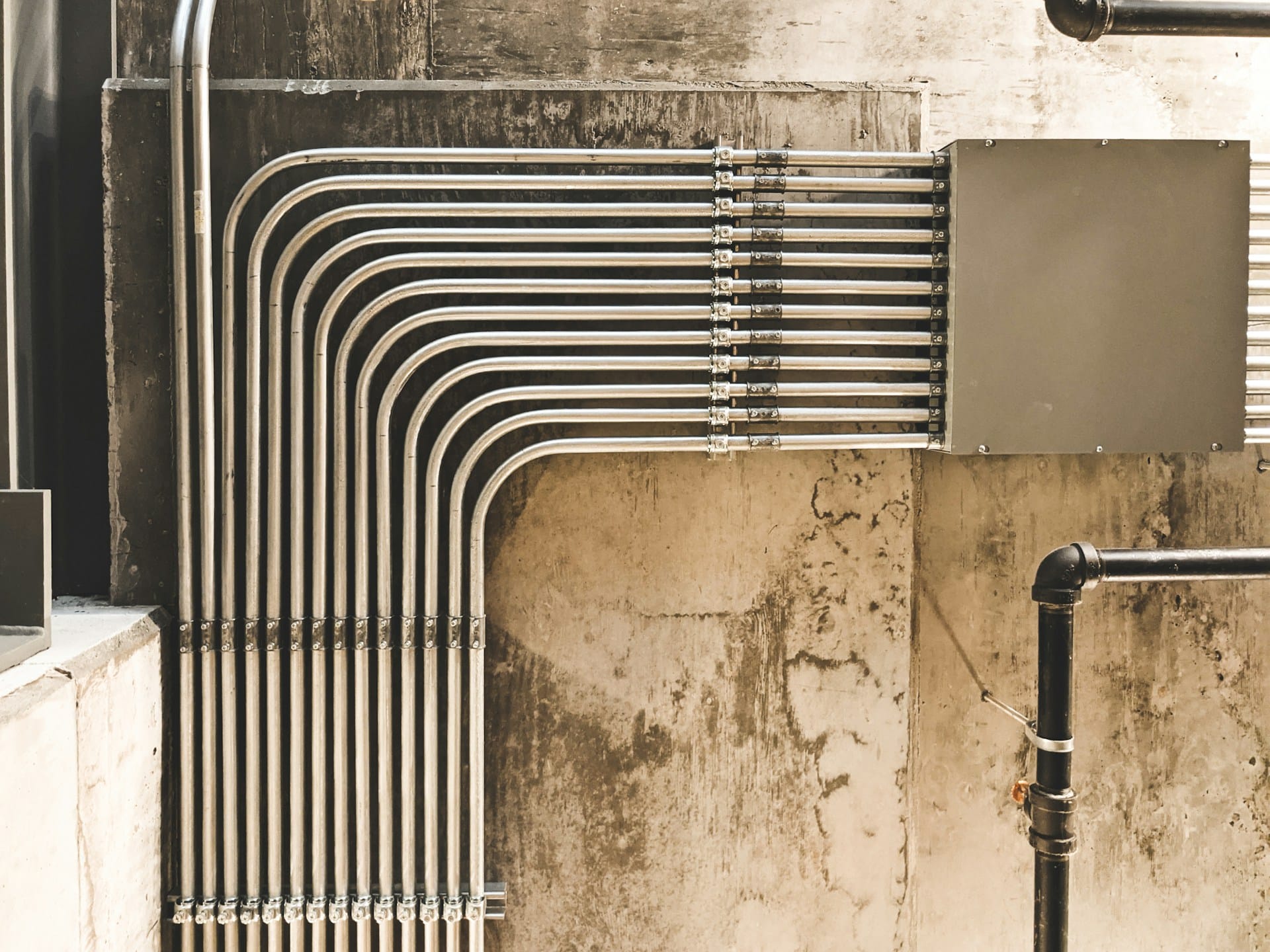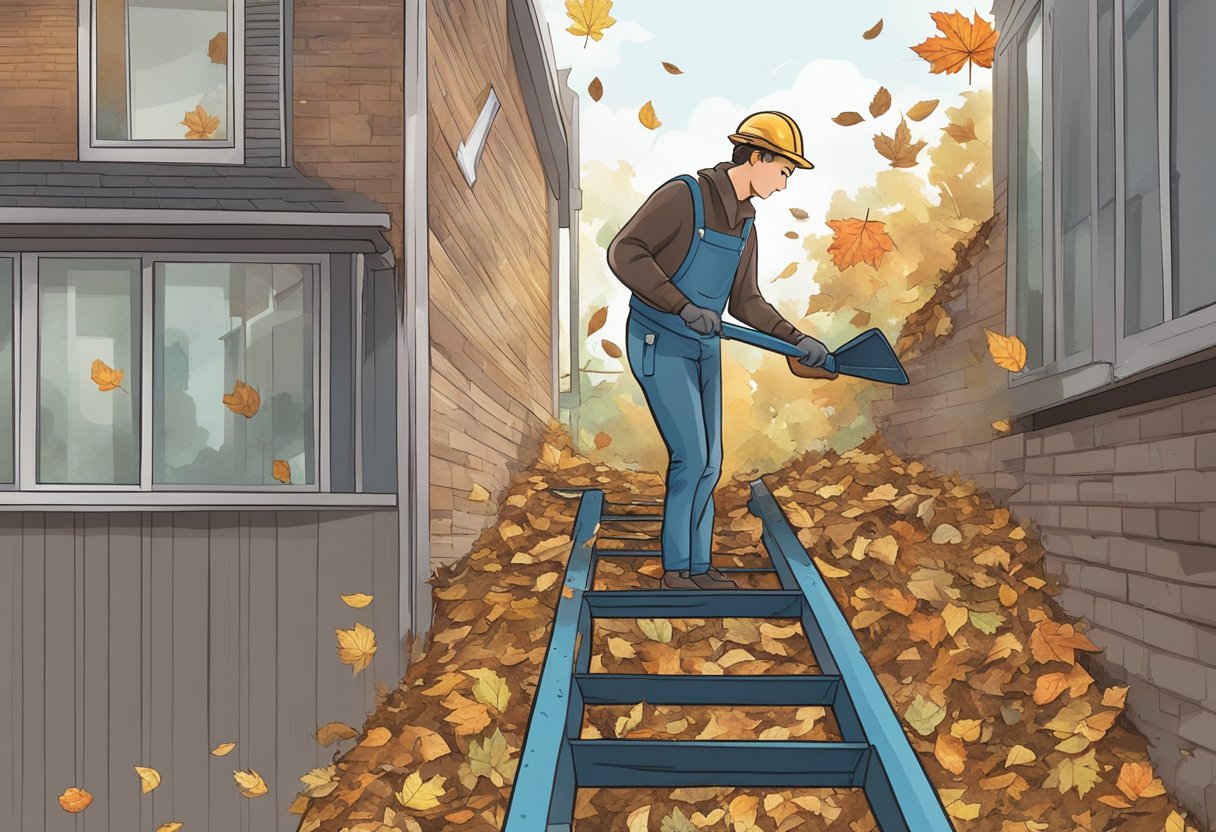A residential maintenance team plays a crucial role in ensuring your home remains in top condition. By focusing on preventive maintenance rather than repairs, these teams help extend the lifespan of your home systems and appliances, ultimately saving you money. You can think of them as your dedicated partners in home upkeep, tackling tasks such as dryer vent cleaning, window cleaning, and pressure washing.
Having a reliable maintenance team allows you to schedule multiple services in one visit, simplifying the process of home care. Instead of juggling several service providers for differing needs, you can streamline your experience with a single point of contact. This not only makes your life easier but also ensures consistent service quality across the board.
Investing in a residential maintenance team is a proactive approach to homeownership. Regular upkeep prevents small issues from escalating into costly repairs, giving you peace of mind and a well-maintained living environment.
Roles and Responsibilities
A residential maintenance team plays a vital role in ensuring that your home remains in optimal condition. Their responsibilities span various aspects of home upkeep, from routine tasks to specialized services that enhance both functionality and aesthetics.
Routine Maintenance
Routine maintenance includes scheduled tasks aimed at preserving the integrity of your home. This can involve inspections of heating and cooling systems, checking smoke detectors, and cleaning dryer vents.
It’s essential to stay on top of these tasks to prevent major issues from arising. Regular checks on plumbing systems can avert leaks and water damage. Other tasks may include changing air filters and testing security systems.
You may also want to consider pressure washing your home’s exterior. This not only improves appearance but can also prevent mold and mildew buildup.
Electrical and Plumbing
Maintenance regarding electrical and plumbing systems is crucial for safety and efficiency. Your maintenance team should regularly inspect wiring and outlets to prevent hazards. This includes replacing outdated fixtures and ensuring that all installations meet safety codes.
Plumbing tasks involve checking for leaks, clogs, and water pressure issues. Regular maintenance can extend the lifespan of your plumbing systems and prevent costly repairs later on.
Should issues arise, having a maintenance team readily available ensures that problems are addressed promptly. This minimizes disruptions and provides peace of mind.
Landscaping and Curb Appeal
Curb appeal significantly impacts your home’s value and overall impression. A well-maintained exterior can make your property more inviting. Tasks in this area include mowing the lawn, trimming bushes, and clearing debris.
Your maintenance team should also attend to seasonal needs, such as mulching in spring or raking leaves in fall. These activities keep your landscaping healthy and visually appealing.
In addition to the upkeep, consider enhancing features like flower beds and walkways. Regular care in landscaping can elevate the aesthetic of your property while increasing its market value.
Cleaning and Painting
Cleaning and painting are essential for maintaining the aesthetic and structural integrity of your home. Routine cleaning services should include window cleaning, pressure washing, and deep cleaning of all surfaces.
Not only does cleaning improve appearance, but it also helps prevent long-term damage. For example, neglecting areas can lead to mold growth, which poses health risks.
Painting should be performed every few years to protect surfaces from weather damage and to refresh your home’s aesthetic. Choosing the right colors and finishes can significantly enhance the overall look of your property.
Staffing the Maintenance Team
Effective staffing is crucial for a residential maintenance team to ensure smooth operation and high-quality service delivery. Your team must be proficient in various maintenance tasks, including electrical work, plumbing, and HVAC maintenance, to meet homeowner needs efficiently.
Hiring and Training
When hiring for your maintenance crew, focus on individuals with specialized skills in areas such as electrical work, plumbing, and HVAC systems. Consider certifications or prior experience that demonstrate competence in these fields.
Training is equally important; it should emphasize safety protocols, customer service, and the specific maintenance tasks that your team will handle. Regular training sessions can keep your staff updated on new techniques and technologies in home maintenance. Offer opportunities for advancement to motivate employees and reduce turnover.
Assembling a Diverse Skill Set
A well-rounded maintenance team requires a diverse skill set to tackle various tasks. Ensure that your crew includes members with expertise in different areas. This diversity allows your team to address a wide range of homeowner concerns without needing to call in additional contractors.
For instance, having staff skilled in plumbing can quickly resolve leaks, while HVAC experts can handle heating and cooling systems. This structure improves efficiency and responsiveness. Regular skill assessments can identify gaps in your team’s capabilities, allowing for targeted training and hiring to fill those needs.
Maintenance Operations
Effective maintenance operations are essential for ensuring your home remains in optimal condition. By implementing structured processes for scheduling inspections, addressing issues, and promoting efficiency, you can enhance the overall functionality of your living space.
Scheduling Inspections
Regular inspections are vital for identifying potential issues before they escalate. You should consider establishing a routine schedule, perhaps quarterly, to assess critical systems within your home. This includes checking HVAC systems, plumbing, and even structural elements.
Using a maintenance services provider can streamline this process. They can organize inspections to coincide with other maintenance tasks, reducing disruption and allowing for a comprehensive review of your home’s condition. Online scheduling platforms can make this even easier, giving you the flexibility to choose times that fit your schedule.
Addressing Maintenance Issues
When maintenance issues arise, a swift response is crucial. You should prioritize addressing problems immediately to prevent further damage. Develop a system for reporting issues quickly, whether through a mobile app or a dedicated hotline.
Having a dedicated maintenance team is beneficial. They can handle various maintenance services, such as dryer vent cleaning or pressure washing, effectively and professionally. This proactive approach minimizes the chance of long-term repairs and ensures your home remains safe and comfortable.
Efficiency and Community Impact
Efficient maintenance operations don’t just benefit your home; they positively impact the entire community. A well-maintained property contributes to neighborhood aesthetics and can even enhance property values. You can encourage others in your community to adopt similar practices, leading to an overall improvement in local living standards.
Moreover, when maintenance tasks are performed regularly, community resources can be utilized more effectively. Streamlining maintenance processes helps your local service providers manage workloads better, ensuring prompt responses to issues in the area. This cooperative approach fosters a sense of community and shared responsibility for maintaining public and private spaces.
Maintaining Systems and Equipment
Proper maintenance of home systems and equipment is essential for ensuring efficiency and longevity. Focused care can prevent major issues and save costs over time, allowing you to enjoy a comfortable living environment without frequent disruptions.
HVAC Systems
Your HVAC system requires regular attention to operate efficiently. Schedule routine maintenance checks at least twice a year to clean filters, inspect ductwork, and ensure the refrigerant levels are adequate. A clean system improves air quality and reduces energy bills.
It is also crucial to monitor for unusual noises or smells, which can indicate underlying issues. Investing in preventive maintenance can extend the life of your HVAC, avoiding costly repairs or replacements. Consider professional services for tasks like dryer vent cleaning to further enhance system efficiency.
Electrical Systems
Maintaining your electrical systems is vital for safety and functionality. Regular inspections by a qualified professional can help identify potential hazards such as frayed wiring or overloaded circuits. Keeping your electrical panels and outlets in good condition is critical for preventing fires or outages.
You should also replace faulty light bulbs promptly and avoid using extension cords as permanent solutions. Implementing routine checks reduces risks and ensures that your home’s electrical systems are performing at their best. Regular electrical work can significantly enhance the reliability of your fixtures and devices.
Plumbing Systems
Your plumbing systems should be routinely assessed to avoid leaks and clogs. Regular maintenance includes checking for slow drains, inspecting water heaters, and ensuring all pipes are leak-free. Addressing these issues promptly can prevent larger, costly damages in the future.
Keep a watchful eye on water pressure and the condition of fixtures. Cleaning out drains and maintaining adequate water flow also contributes to a healthier plumbing system. Engaging a professional for periodic inspections can help catch problems early, ensuring your plumbing remains efficient.
Enhancing Property Value
Maintaining and enhancing your property’s value is essential for maximizing your investment. Focusing on aesthetics and functional improvements can significantly impact how potential buyers perceive your property.
Improving Aesthetics
Curb appeal plays a crucial role in attracting potential buyers. Simple tasks such as landscaping, fresh painting, and regular maintenance create a welcoming exterior.
- Landscaping: Trimmed hedges, colorful flower beds, and defined pathways improve the overall look.
- Painting: A fresh coat of paint can rejuvenate surfaces, making your home look new. Choose neutral colors to appeal to a wider audience.
Don’t underestimate the importance of small details. Clean windows and pressure-washed exteriors enhance brightness and freshness. Regular updates to outdoor spaces can also significantly increase perceived value.
Functional Improvements
Functional enhancements ensure your home operates efficiently. Investing in essential systems like electrical and plumbing can yield long-term savings.
- Electrical: Upgrading outdated wiring can improve safety and efficiency. Consider replacing old fixtures and adding dimmer switches for versatility.
- Plumbing: Regular inspections can prevent leaks and clogs. Updating fixtures not only boosts functionality but can also enhance aesthetics.
Regular preventive maintenance checks extend the lifespan of systems and appliances, helping you avoid larger issues down the line. By focusing on both aesthetics and functionality, you create a home that is attractive and efficient.
Frequently Asked Questions
Understanding the roles and responsibilities of a residential maintenance team can help you ensure that your property is well cared for. The following sections address common inquiries regarding job functions, services provided, and effective maintenance practices.
What are the typical roles and responsibilities of a residential maintenance team?
A residential maintenance team typically handles routine inspections, preventive maintenance, and repairs. Their responsibilities may include landscaping, waste management, and ensuring compliance with safety standards.
Team members are skilled in various trades, allowing them to address a wide range of maintenance needs. This capability ensures that all aspects of property upkeep are managed efficiently.
What jobs are commonly associated with residential maintenance teams?
Common jobs for residential maintenance teams include plumbing, electrical work, and carpentry. They also manage tasks such as HVAC servicing, painting, and general cleaning to keep properties in optimal condition.
Team members often work on both indoor and outdoor maintenance projects, ensuring that every area of the property is well maintained.
What services are usually included in property maintenance?
Property maintenance services often include regular cleaning, lawn care, pest control, and seasonal maintenance tasks. Additional services may cover pressure washing, window cleaning, and dryer vent cleaning.
These services are crucial for preserving the quality and safety of your home while preventing costly repairs down the road.
Could you describe the job description for a residential maintenance worker?
A residential maintenance worker is typically responsible for performing routine inspections and conducting maintenance tasks. They may also oversee repairs, keep detailed service records, and ensure compliance with health and safety regulations.
Strong communication skills are essential, as workers often interact with residents and other team members to address needs promptly.
How should one conduct a property maintenance checklist?
To create a property maintenance checklist, identify key areas that require regular attention, such as plumbing, electrical systems, and exterior features. Schedule inspections for each area and note any upcoming maintenance tasks.
Regularly updating the checklist ensures that nothing is overlooked, helping maintain the property efficiently.
What are the different types of property maintenance?
Property maintenance can be categorized into preventive, corrective, and routine maintenance. Preventive maintenance focuses on regular upkeep to avoid major repairs, while corrective maintenance addresses existing issues.
Routine maintenance involves day-to-day tasks that keep the property functioning smoothly, ensuring a safe and pleasant environment for residents.












